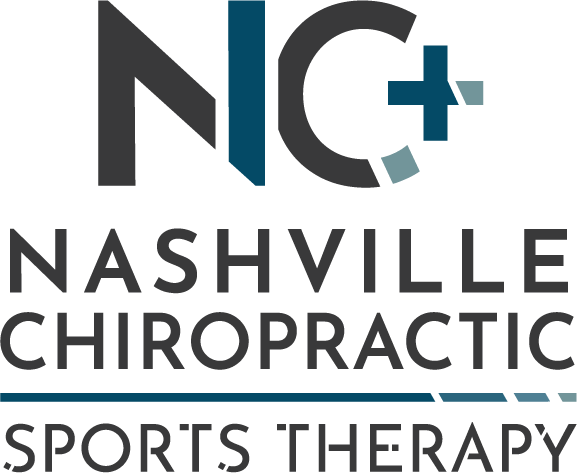At Nashville Chiropractic we make it our goal to provide exceptional chiropractic care to the Nashville area. Most chiropractors are owners of their practice, therefore, offices operate at the owner’s discretion. Many chiropractic offices have various philosophies and perspectives on how to interact with patients and how to reach health goals. This will influence what techniques are used most often, if imaging is done in or out of the office, what the new patient exam protocols are, if they are in network with insurance or accept cash only, and how they present a treatment plan.
The focus of this post is on treatment plans. Goals of a treatment plan can be separated into short term goals and long term goals. In general, short term goals often include decreasing intensity and frequency of discomfort, increasing pain free ranges of motion, and decreasing positive exam findings. Long term goals focus on increased functional mobility and how to decrease the likelihood of reoccurrence or new injury onset. Re-evaluations and patient feedback are documented to see if these goals are being reached.
The stage of the condition; and if it is defined as acute (new, recent, actively painful) or chronic (old, reoccurring, latent periods) will also influence treatment plan formats. An acute condition is actively in the stages of the body’s inflammation process. A chronic case needs to account for compensatory changes from long term failed healing conditions.
This chart illustrates the phases of treatment and healing. The first stage is relief care. After this stage most patients are starting to feel better and be less symptomatic. At time, some patients opt out of their treatment at this time. These are the patients that are most likely to see relapses and re-occurrence of symptoms. The goal of treatment should be to improve and restore function in the present as well as the future.
The tissue that is injured will also influence the timeline of a treatment plan. Different tissues heal at different rates due to biological make up and external and internal stressors. For example, a ligamentous injury may take longer than a muscle injury because it has less blood flow and less nutrients available to it, at the same time a muscle is harder to rest, while a ligament can be more easily stabilized to decrease stress while healing.
The recommended treatment plan goals and visit frequency are based on researched ethical expectations that take into account stages of the condition and biology of injured tissue. Researchers, such as Perry Nickelson, author of Stop Chasing Pain, Gray Cook, physiotherapist, and Craig Liebenson,DC, have effectively defined reasonable times of the body’s healing process with conservative treatment. It can confidently be stated you should expect 80-90% of acute symptoms to be gone within 2-4 weeks of treatment, about 5-6 visits, when utilizing chiropractic care. The last 10-20% of treatment takes a bit more time, active effort, and compliance.
Research also supports that combination care is more effective than the individual treatments alone. Chiropractic adjustments, muscle work, exercises, diet, and rest are more effective together than simply choosing one route. Long term goals, chronic pain conditions, and injury prevention are dependent on this combination.
Of course the only way this is useful information and an effective treatment path for patients is if they are compliant. At Nashville Chiropractic we try to support easy compliance. At our office patients have the option to schedule out their appointments as far into the recommended plan as they wish. This allows for patients to consider their schedules and progress. Payment is collected at time of service to ease financial comfort for the patient and to hold our doctors accountable to the visit at hand.
To summarize:
- Treatment plans are designed to reach short and long term goals of being pain free and functional.
- Stage of the condition and the specific injured tissues are two aspects that determine goals and duration of a treatment plan.
- Research has shown what expectations a doctor and patient should have for the healing process and future injury prevention.
- It is always the patient’s choice to comply with recommended treatment plans. Successful recovery is not guaranteed if a patient does not follow through with a credible, researched treatment plan.
At Nashville Chiropractic, we vow to never recommend more treatment that what is reasonably and ethically necessary. We hope to provide as much flexibility in scheduling and payment options to ensure that time and financial management are on the patient’s side to ease compliance to treatment.




